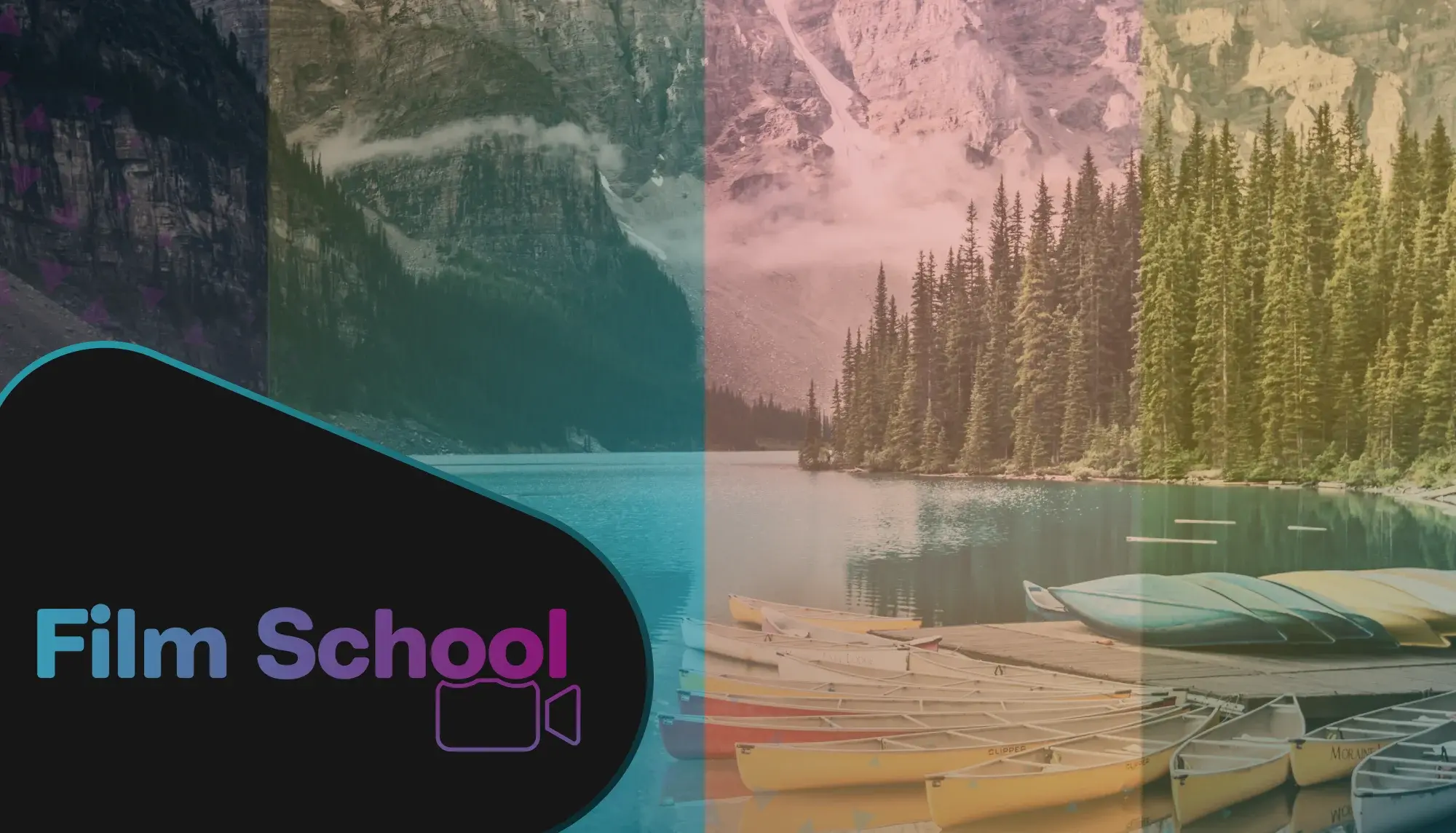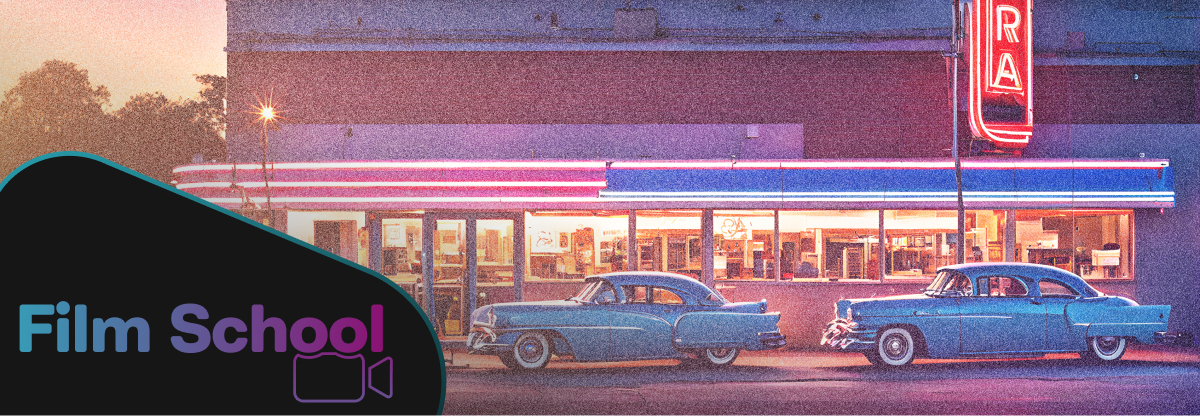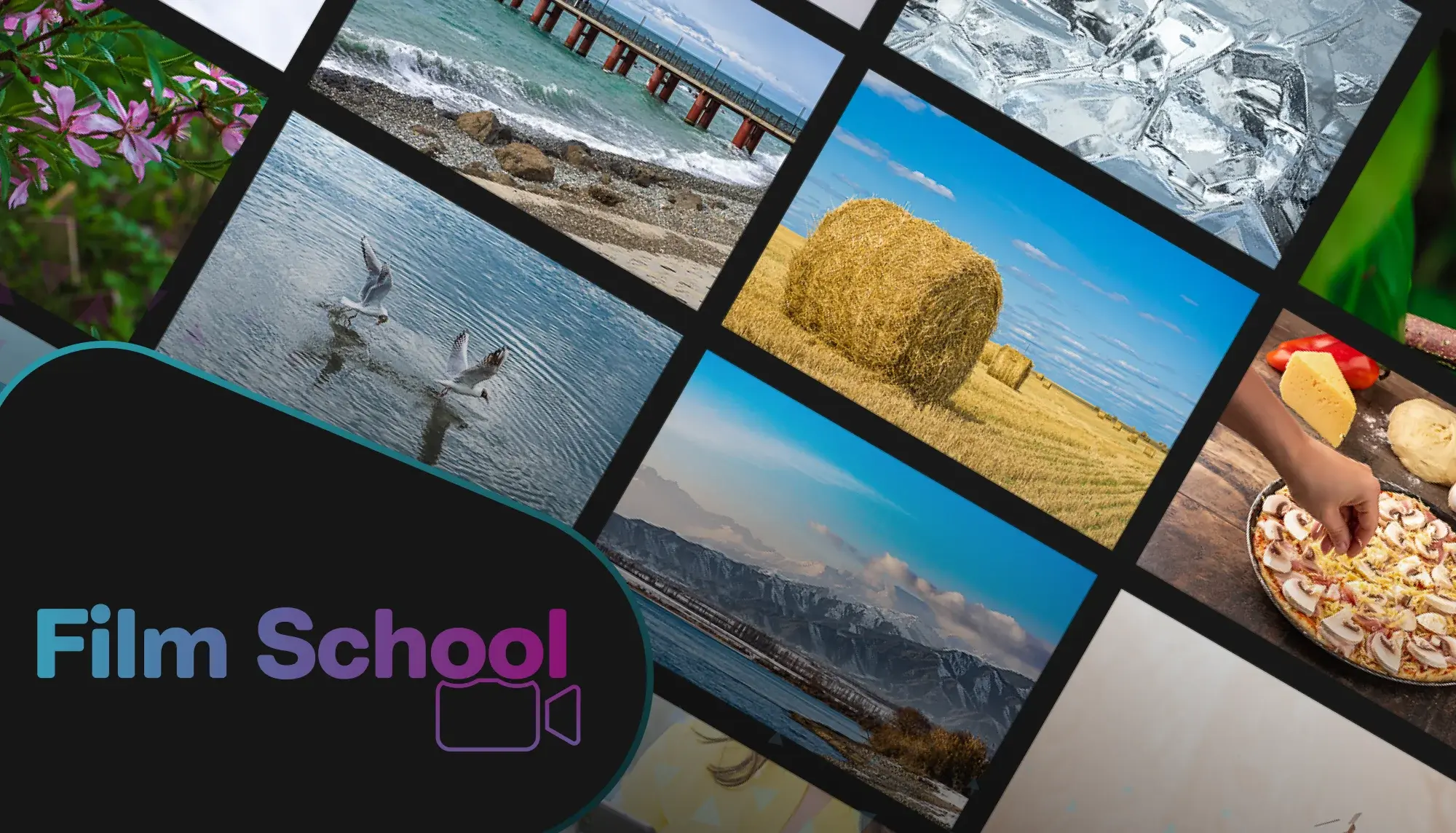
In our previous article on rain overlays, we noted that fight sequences set under rain are epic!
However, on the flip side, is anything more sinister, eerie, or threatening than a sequence within the fog? A blanket of fog on a moonlit landscape completely transforms it from a romantic, serene beauty shot to something menacing, riddled with unseen dangers looming.
.webp?width=650&height=375&name=image%201%20(25).webp) Image via X-files
Image via X-files
However, filming in naturally-occurring fog requires a particular set of conditions. You need high humidity, cooling air temperatures, and stable atmospheric conditions with little to no wind. Good luck with that!
You could be waiting indefinitely for the right conditions. And who's to say that your cast and crew will even be available when the perfect conditions do set in? Even still, technical limitations may alter your desired look. Filmmaker Lewis McGregor expands on this in the video tutorial below.
Now, depending on your budget, you could hire a fog machine, but that may quickly become as costly as renting a rain machine. If we learned anything from that article, it’s that creating natural-looking weather conditions can be incredibly challenging.
Instead, let’s explore a more affordable and accessible approach: fog overlays.

What are fog overlays?
Fog overlays are digital assets that let filmmakers and editors add a layer of fog to their footage. As the name suggests, they create the effect of fog drifting through a scene without needing real fog on set.
These overlays are created in two primary ways:
- Digitally – using particle simulations in visual effects software to mimic fog movement
- Practically – filming real fog in a studio against a black or green backdrop using fog/smoke machines and different apparatus to simulate varying fog conditions
In both cases, these assets are commonly sold as part of video editing packages or given away as free downloads. While fog overlays are handy for motion graphics or stylized scenes, they can also look unrealistic if used improperly.
In other words, fog overlays aren't a 1:1 substitute for professional visual effects. Fog overlays for title reveals, however? Now, we're talking.
So, before assuming a fog overlay can save a scene, consider whether it will work for your project.
How to use a fog overlay
Let’s explore how to easily apply a fog overlay using WeVideo’s editor.
To do this:
- Set up your timeline with the appropriate clips or text
- Add a new video track and rename it Fog
- Go to the Videos tab and search for Fog Overlay
.webp?width=650&height=301&name=image%206%20(14).webp)
Choose an overlay that matches your composition. Pay attention to the movement of the fog and how it aligns with your shot’s camera height and angle. You should look for an overlay rendered with an alpha channel (which preserves transparency) so it can be immediately blended on top of video track 1.

Then, drag the overlay onto Video Track 2, which you previously renamed Fog. When you hit play, your video footage or text layer will have an animated fog effect, without needing to venture out to a misty moor with your camera gear.
.webp?width=650&height=304&name=image%207%20(12).webp)
Eerie indeed.
Important fog overlay aspects to consider
Before applying fog overlays to all your shots, it's important to remember the following things. One of the core principles of using fog overlays, or any overlay for that matter, is ensuring they respect the original composition and physics of the shot.
For example, if your fog overlay drifts in slowly from the left, but your camera shot moves quickly through a busy city street, it won’t look realistic. However, suppose you have a static establishing shot of a large meadow with a slow-moving blanket of fog that stops halfway through the frame. See the difference? For the meadow scene, you can composite it naturally onto the landscape. The fog's horizontal movement aligns with the shot's natural horizon, making it blend seamlessly.
.webp?width=650&height=433&name=image%208%20(9).webp)
Image via Unsplash
Think of it like a day-for-night effect. If you apply a LUT to turn bright daytime footage into night, but the shot still includes direct sunlight, sharp shadows, and people wearing sunglasses, the illusion falls apart. To make the effect work, filmmakers choose overcast conditions, limit direct sunlight, and ensure the scene has no harsh shadows.
A similar mindset should be applied when working with fog overlays. If you add a fog overlay to a misty moor with barren trees, overcast skies, and a damp ground, the fog naturally blends into the scene. However, applying the same overlay to a bright, sunny beach is unnatural and breaks the illusion.
In summary, match the overlay to the environment for the most convincing results.
Final thoughts
Of course, a fog overlay will never fully replicate the look and feel of filming in real fog. The visual properties, depth, and interaction with the environment simply won’t match what you’d achieve on location. Additionally, differences in frame rate, color science, and lighting can complicate blending a fog overlay into your footage.
However, we recommend using fog overlays more for motion graphics than live-action footage for better results. Whether for a title reveal, a stylized transition, or as part of a larger design, overlays tend to integrate more seamlessly into these applications.
Looking for more tips on overlays and compositing? Check out our Film School blog section for additional guides.


